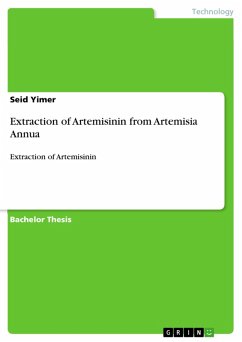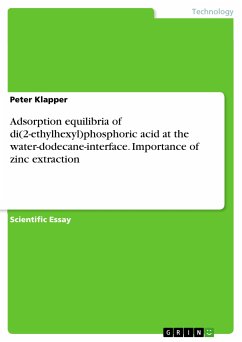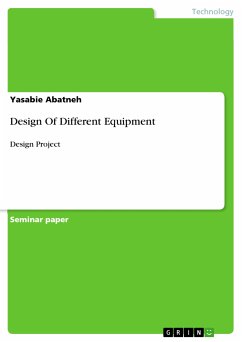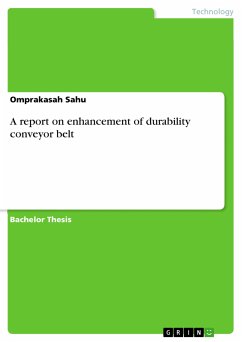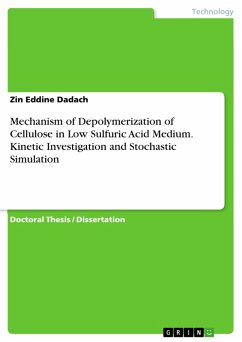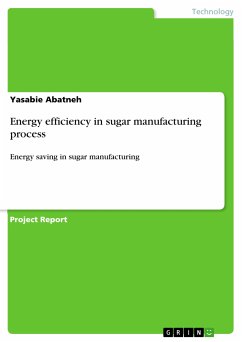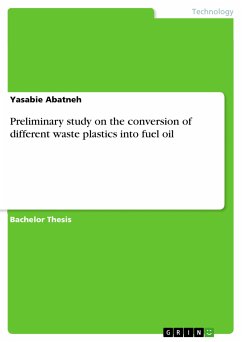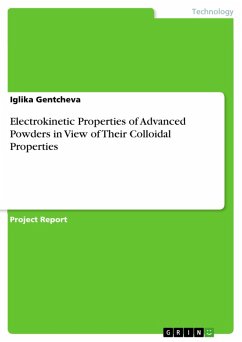Bachelor Thesis from the year 2008 in the subject Engineering - Chemical Engineering, grade: A, Bahir Dar University (Bahir Dar University Engineering Faculity), course: Chemical Engineering, language: English, abstract: Abstract Malaria disease is endemic in least developed countries like Ethiopia. The rapid development of drug-resistant malaria parasite strain leaves the need for new effective anti-malarial drugs. Artemisinin is a sesquiterpene lactone found in the leaves and flowers of plants Artemisia annua L and have different chemical structures and higher efficacy than others. The content of artemisinin is very small and from 0.5 to 1.2 % of dry weight of plants in Ethiopia. Extraction of artemisinin from Artemisia annua is mainly performed using hydrocarbon extraction processes. Extraction with Supercritical CO2, ethanol, ionic liquids, hydroflourocarbon HFC-134a and hexane extraction are extraction technologies and compared majorly in terms of their extraction efficiency, cost and drawback to environment. Since artemisinin is only present in the epidermis of the leaves, leaves were only washed on the outside by stirring appeared to be the most appropriate method and the first step in this research was solvent extraction using hexane. Step followed purify by repeated crystallization. Laboratory scale production data and procedures were listed for aremisinin extraction process. By using those data large scale production method was designed. And did material and energy balance calculations for large scale production process carried out by taking scientific approach followed by feasibility study. As a result my extractor was very large and it has 14.37m3 capacities it wasn't found in market. So I designed the required larger extractor that should fulfill the target of the project i.e. with simple, rapid, cost effective, environmental friendly and practical method for the isolation of artemisinin from Artemisia annua. The design the extractor I used the optimum ratio between solvent and leaves, optimum extraction time, optimum extraction temperature and optimum design of the stirrer paddles. In these thesis work extractor design, skirt design, bolt design, reinforcement calculations, preliminary equipment design (sizing), economic analysis calculations were included. In the profitability analysis Return on investment, payback period and net present worth calculated and the project was checked its feasibility. The payback period is 1.22yrs and it is economically acceptable that means this market is promising in Ethiopia in addition to save millions of Ethiopian and African from killer malaria. Key words: artemisinin, sesquiterpene lactone, hexane extraction
Dieser Download kann aus rechtlichen Gründen nur mit Rechnungsadresse in A, B, BG, CY, CZ, D, DK, EW, E, FIN, F, GR, HR, H, IRL, I, LT, L, LR, M, NL, PL, P, R, S, SLO, SK ausgeliefert werden.

